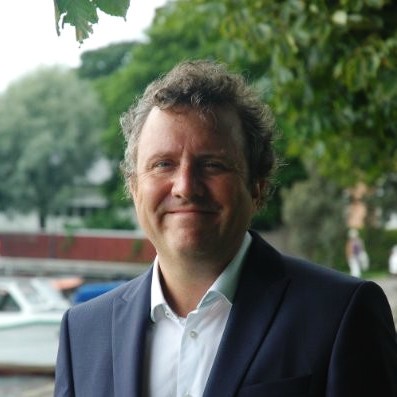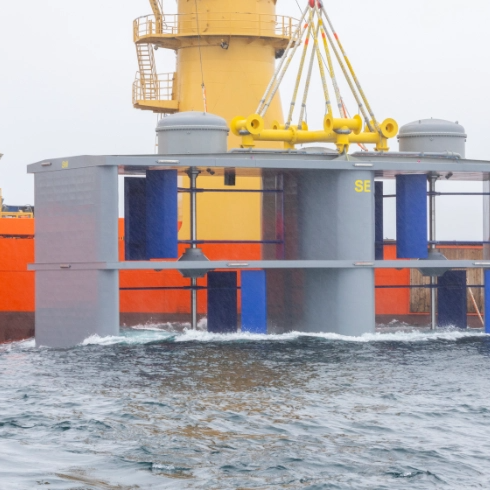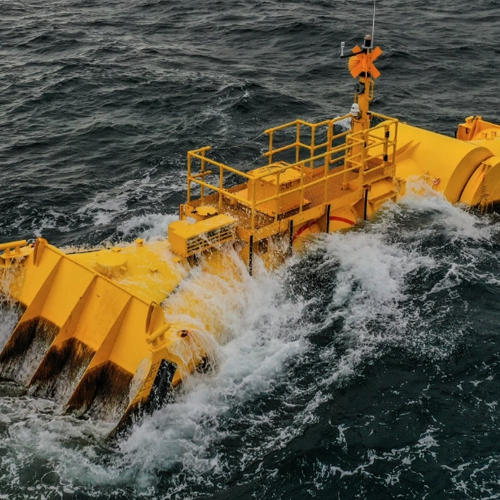Environment
 Consenting Environment
Consenting Environment
Ocean energy and the environment: Research and strategic actions
 Consenting Environment Finance Socio-economic Technology
Consenting Environment Finance Socio-economic Technology
Report from the first workshop
30 Nov 2018 Environment Finance Socio-economic Technology
Environment Finance Socio-economic Technology























